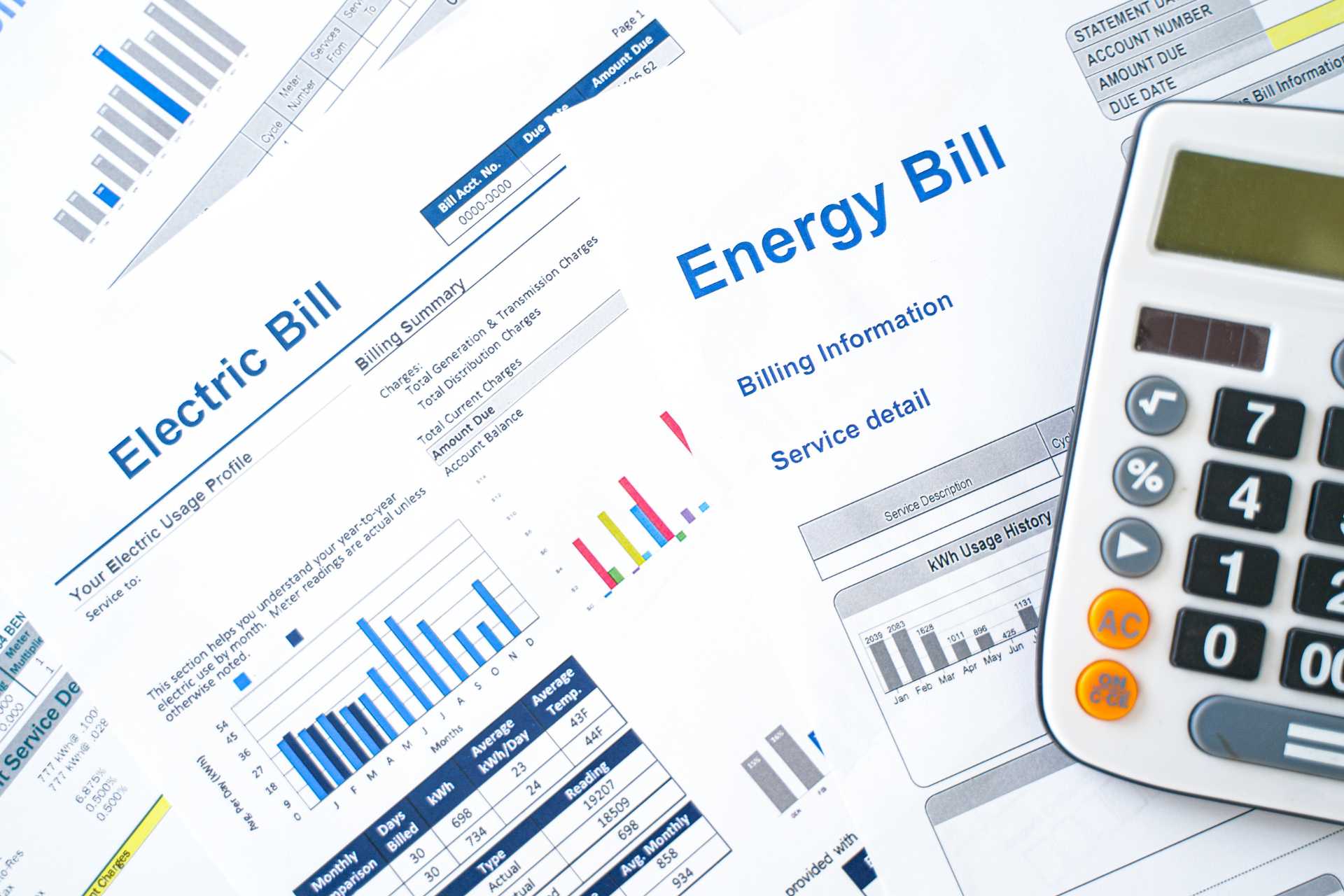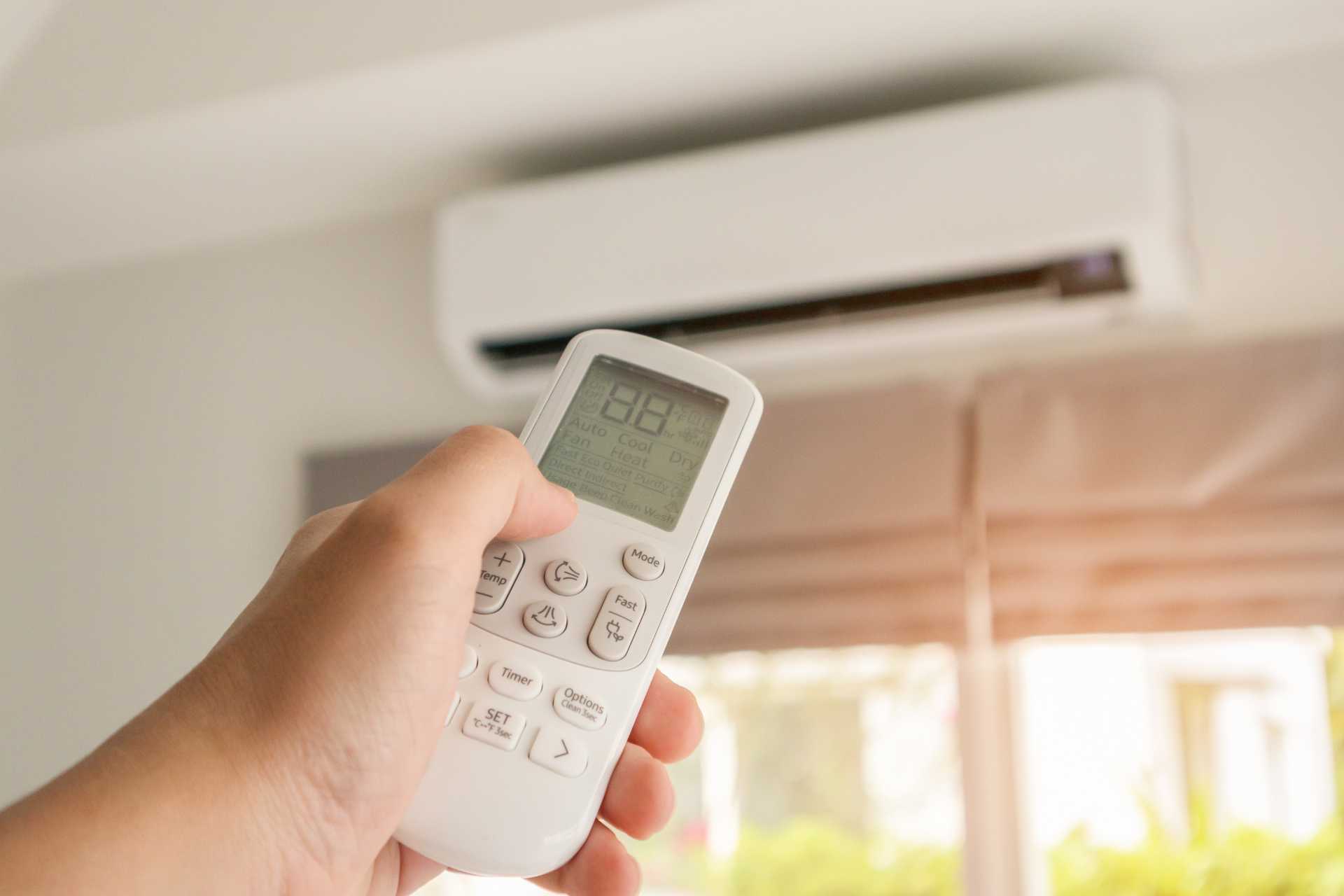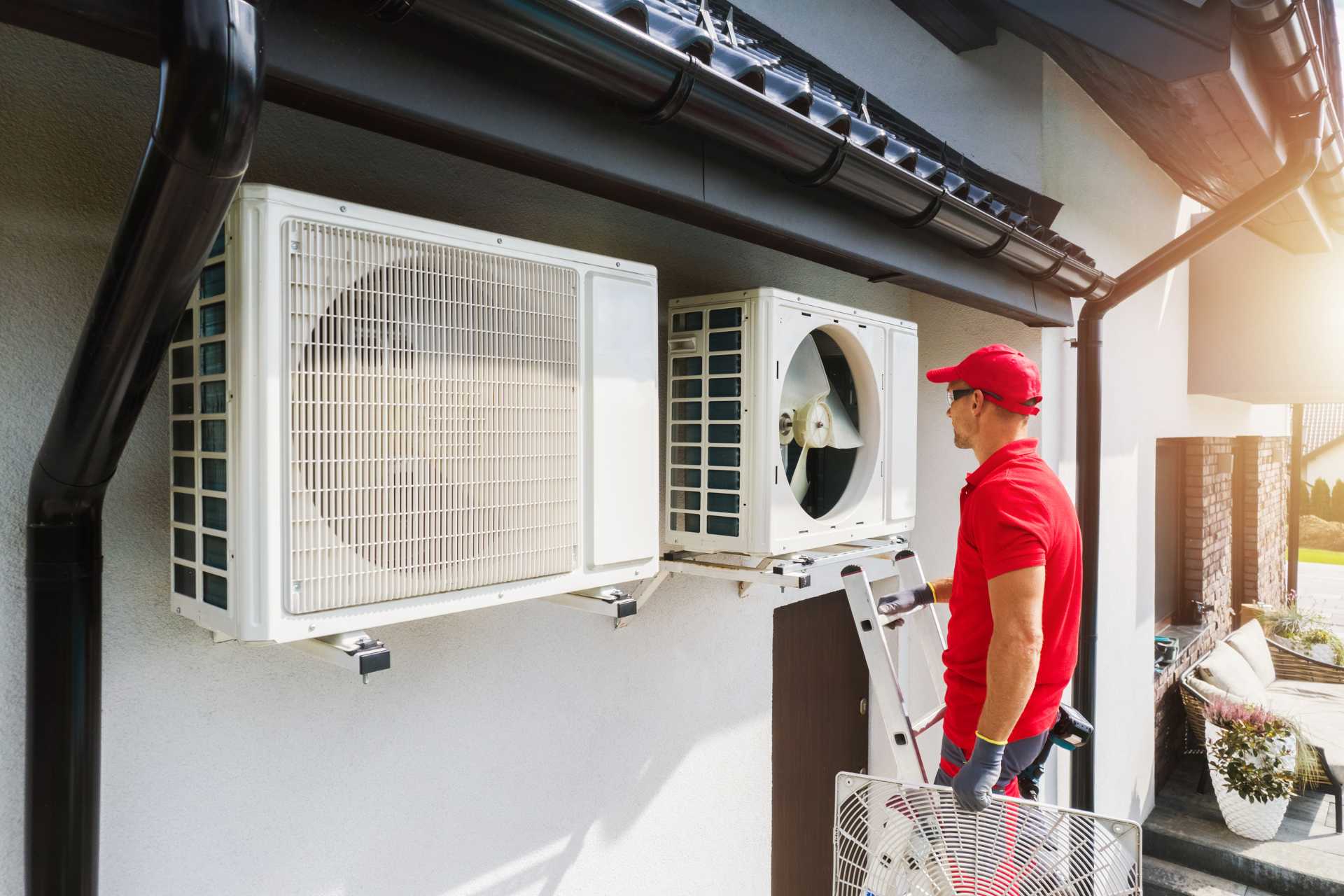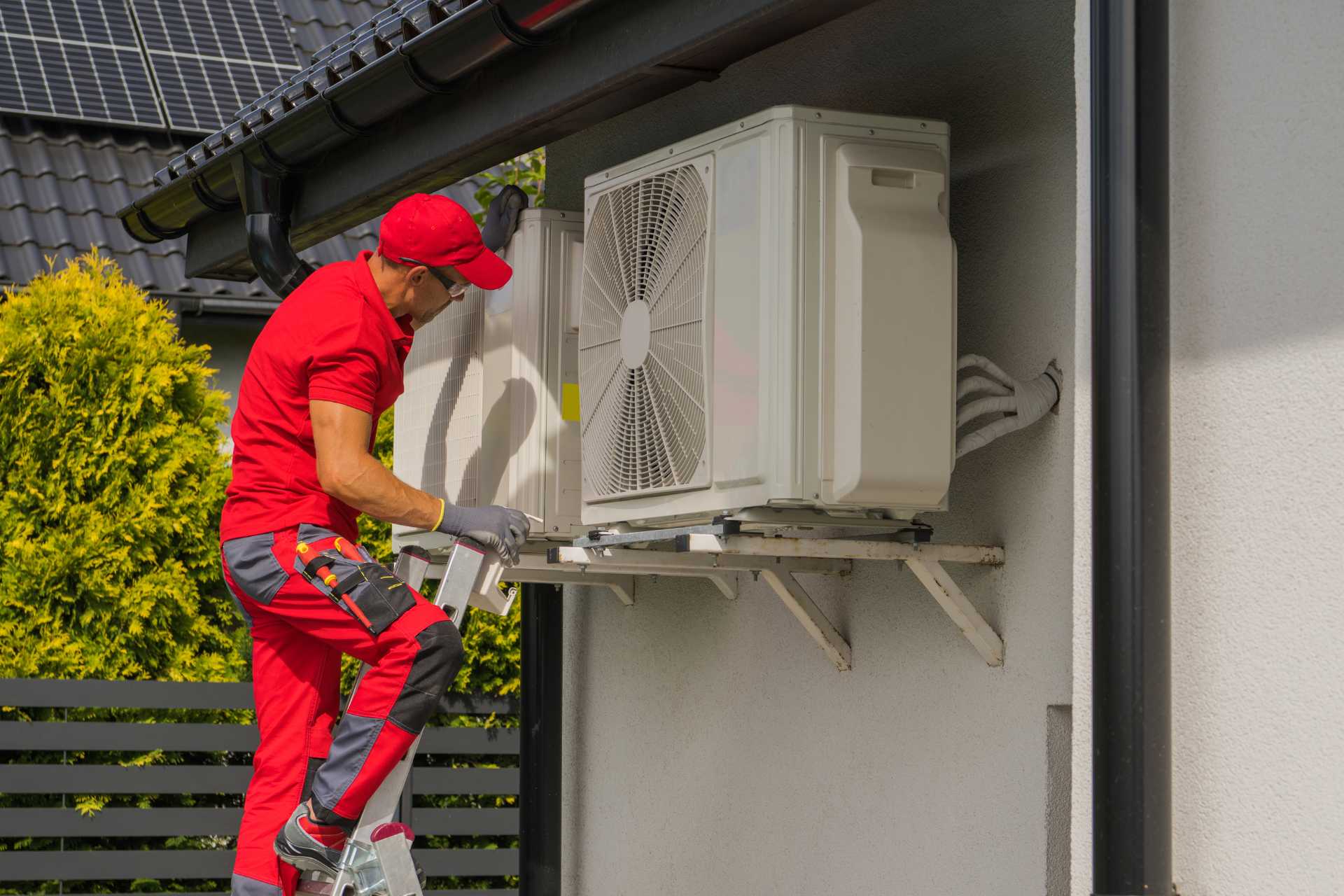8 Ways You Can Reduce Your Energy Bills Today

The common frustration of rising energy costs can often leave homeowners feeling helpless, but the power to make a difference often lies in immediate, simple actions that can be implemented today. This guide aims to empower property owners by highlighting eight practical and easy-to-implement ways to start reducing energy bills immediately, without necessitating complex projects like calling an HVAC Company for a new furnace Installation right away. These strategies are designed to put more money back into household budgets without sacrificing comfort, demonstrating that small, consistent adjustments can lead to significant financial benefits and more efficient energy use over time.
- 1. Master Your Thermostat – The Command Centre of Savings
- 2. Vanquish Vampire Power – Unplug Energy Drainers
- 3. Optimize Your Lighting – Shed Costs, Not Light
- 4. Strategic Window Dressing – Your Secret Climate Control
- 5. Hot Water Wisdom – Turn Down the Heat, Turn Up the Savings
- 6. Appliance Efficiency – Full Loads and Smart Use
- 7. Seal Obvious Air Leaks – Stop Paying to Heat/Cool the Outdoors
- 8. Mindful Cooking Practices – Simmer Down Your Bills
- Today’s Tweaks, Tomorrow’s Triumphs
1. Master Your Thermostat – The Command Centre of Savings
Heating and cooling systems frequently account for the largest portion of a home’s energy expenditure. This makes the thermostat a critical control point for managing these costs. Even slight adjustments can translate into noticeable savings without compromising comfort. Understanding how to use this device effectively is paramount for anyone looking to reduce their energy bills. The thermostat dictates when and how hard heating and cooling systems work. Therefore, optimizing its settings is a primary step towards efficiency.
Immediate actions can make a difference today. Adjusting the thermostat by a few degrees can yield savings. This means lower it in winter, especially when sleeping or away from home, and raise it in summer. Even one or two degrees Celsius matters. If a programmable thermostat is installed, ensure it is correctly programmed to match the household’s schedule. This is key. Otherwise, manual adjustments are effective. It is also wise to “set it and forget it” to a comfortable yet efficient temperature. Constant fiddling can lead to inefficient system operation. Before summer heats up, consider setting your thermostat to a slightly higher temperature, ideally around 25-26°C (77-79°F), when you’re home, and even higher when you’re away. These simple measures offer an immediate impact on HVAC energy use. They are a quick win for bill reduction.
2. Vanquish Vampire Power – Unplug Energy Drainers
A surprising amount of energy is consumed by electronics even when they are turned “off.” This phenomenon is often called vampire power or standby power. It occurs because many modern devices remain in a low-power mode. They do this to await remote signals or to power small displays. Over time, this constant, subtle energy drain from multiple devices can add up. It can become a significant and unnecessary expense on electricity bills. Identifying and addressing these energy vampires is a simple yet effective way to cut down on wasted power.
Today, take stock of the culprits. Phone and laptop chargers, televisions, game consoles, coffee makers, and microwaves are common offenders. Make it a habit to unplug devices that are not actively in use. This is especially important before leaving the house for extended periods or going to bed. For added convenience, consider using smart power strips. These can automatically cut power to devices that go into standby mode. Alternatively, they allow for switching off multiple electronics with a single button. This targeted approach reduces constant, unnecessary energy leakage. It offers another quick win for lowering electricity consumption and saving money.
3. Optimize Your Lighting – Shed Costs, Not Light
Lighting constitutes a significant portion of household energy consumption, though it is often underestimated. Inefficient lighting habits and outdated bulb technology can contribute substantially to higher electricity bills. However, simple changes in how lighting is used and managed can lead to immediate and noticeable reductions in energy use. Optimizing lighting does not mean living in the dark. It means using light more intelligently and efficiently throughout the home.
The simplest and most immediate action is to switch off unneeded lights. Making this a household rule can cultivate an energy-saving habit. Maximizing natural light by opening curtains and blinds during the day reduces reliance on artificial lighting. Employing task lighting also conserves energy. This means using lamps for specific activities like reading or cooking instead of illuminating entire rooms. If possible today, and if spare LED bulbs are available, swap out any remaining incandescent or halogen bulbs in frequently used fixtures. This will provide instant efficiency gains. These easy habit changes and minor upgrades can lead to noticeable results over time.
4. Strategic Window Dressing – Your Secret Climate Control
Windows play a crucial role in a home’s thermal dynamics. They act as major points of heat loss during cold Canadian winters. They are also significant sources of heat gain during hot summers. Strategically managing window coverings is a no-cost way to leverage existing home features for better temperature regulation. This, in turn, reduces the workload on heating and cooling systems. This approach uses passive methods to enhance comfort and save energy.
Today, specific actions can be taken. For winter warmth, open south-facing window coverings during sunny days. This allows natural solar heat to enter and warm the space. Then, close them at night to retain that warmth and insulate against the cold. Conversely, for summer cooling, close curtains, blinds, or shades on sun-facing windows. Do this during the hottest parts of the day to block direct solar heat gain and keep interiors cooler. It is also beneficial to feel around window edges for drafts. If obvious drafts are detected, temporary fixes like a rolled-up towel at the base of a window can offer immediate, albeit partial, relief. More permanent solutions like window replacement offer greater long-term savings. However, ensuring current windows are well-sealed is a good start.
5. Hot Water Wisdom – Turn Down the Heat, Turn Up the Savings
Water heating typically ranks as the second or third largest energy expense in most households. Consequently, adopting wiser hot water usage habits can lead to substantial energy savings. This does not require significant investment or inconvenience. Small adjustments in daily routines and minor tweaks to equipment can collectively reduce the energy demand for heating water. This directly impacts utility bills.
Several actions can be implemented today. Reducing shower time, even by just a few minutes per shower, cuts down on hot water consumption. Lowering the thermostat setting on the water heater can also save energy. Most are set higher than necessary. A reduction to around 49-55°C (120-130°F) is often sufficient and safe. Always check manufacturer recommendations. Be mindful of legionella risk if set too low, though this range is generally considered safe. Opting to use cold water for most laundry loads is another effective measure. Modern detergents are designed to work well in cold water. Finally, promptly fixing any leaky hot water faucets is crucial. A continuous drip is a direct and constant drain on heated water and energy.
6. Appliance Efficiency – Full Loads and Smart Use
Large household appliances are major energy consumers. These include dishwashers, washing machines, dryers, and refrigerators. Optimizing their use through smart habits can significantly reduce their energy footprint. This can be done without compromising their utility. Many of these adjustments are simple behavioral changes. They can be adopted immediately to start saving energy.
A key principle is to run dishwashers and washing machines only with full loads. They consume similar amounts of energy and water regardless of how full they are. Whenever feasible, air dry dishes. Do this instead of using the dishwasher’s heat-dry setting. Line dry clothes during good weather to avoid using the clothes dryer. Regularly cleaning the dryer’s lint trap is essential. This is important not only for efficiency but also for fire safety. Ensure the exterior vent is also clear of obstructions. For refrigerators and freezers, check that door seals are tight. A simple test is to close the door on a piece of paper; if it pulls out easily, the seal may be compromised. Avoid overfilling these appliances. This allows for proper air circulation, which is necessary for efficient cooling.
7. Seal Obvious Air Leaks – Stop Paying to Heat/Cool the Outdoors
Air leaks from gaps and cracks around doors, windows, and other openings significantly undermine heating and cooling efforts. These drafts force HVAC systems to work harder, consuming more energy. Sealing these obvious leaks is a straightforward way to boost energy efficiency and comfort. Many simple, temporary fixes can be implemented today to address these energy loss points effectively.
Start with a quick door check. If drafts are felt under exterior doors, a rolled-up towel or a commercial door snake provides an immediate barrier. For windows, especially older ones, inspect for drafts around the sashes. While installing temporary plastic film kits is a more involved project, simply ensuring all windows are fully closed and securely latched helps reduce air leakage immediately. Additionally, check that cover plates for electrical outlets and switch plates on exterior walls are snug. This simple step can reduce tiny drafts, contributing to overall air tightness. These easy solutions directly tackle points of energy loss, offering quick improvements.
8. Mindful Cooking Practices – Simmer Down Your Bills
Ovens and stovetops are significant energy users in the kitchen. Adopting mindful cooking practices can reduce their energy consumption. This can be done without impacting meal quality. Many of these are simple habit changes. They can be incorporated into daily routines immediately. This leads to incremental but consistent energy savings over time.
One effective practice is to match the pot or pan size to the burner. Using a small pot on a large burner wastes a considerable amount of heat around the sides. Using lids on pots and pans whenever possible helps food cook faster. It also helps retain heat, reducing overall cooking time and energy use. For smaller meals or reheating, consider using smaller appliances. Examples include a microwave, toaster oven, or electric kettle. Use these instead of the main oven or stovetop, as they are generally more energy-efficient for these tasks. Additionally, avoid preheating the oven for extensive periods if it is not strictly necessary for the recipe. Often, turning off the oven or stovetop a few minutes before the food is completely done allows the residual heat to finish the cooking process. This saves those last few minutes of energy consumption.
Today’s Tweaks, Tomorrow’s Triumphs
The journey to lower energy bills doesn’t always require grand gestures; many simple, actionable steps, accessible to everyone, can be implemented immediately to underscore the power of small changes. Consistency in applying these strategies transforms “today” actions into lasting habits, and while each tip offers savings, their combined impact when practiced regularly can be substantial, leading to noticeably lower energy bills. The challenge is to select at least one or two of these straightforward tips and put them into practice today, taking the first step on a rewarding journey towards a more energy-efficient home and greater control over household expenses.



